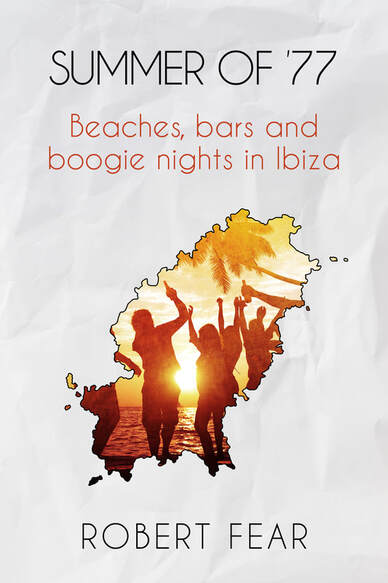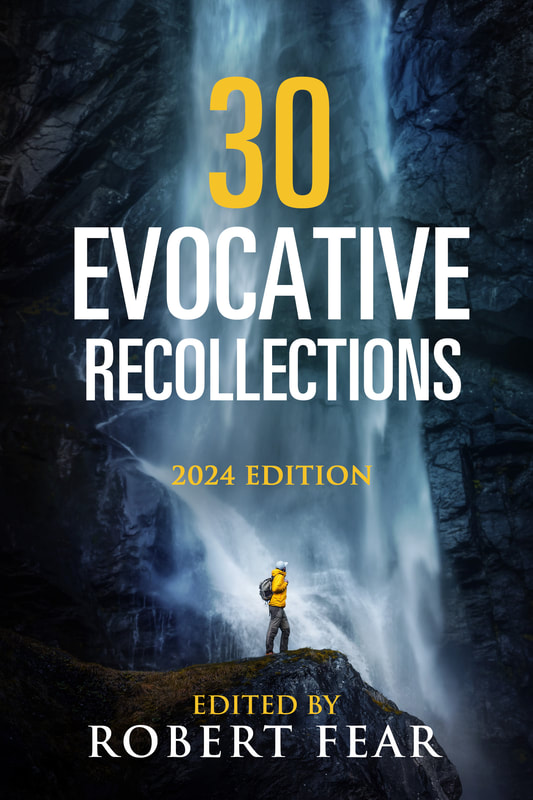Bali Ha’i by Roger Knight
Bali Ha’i will whisper
in the wind of the sea,
‘Here am I, your special island !
Come to me, come to me ’ !
Rogers and Hammerstein’s South Pacific
My quest for Bali Ha’i finally came to fruition, after flying from Brisbane to Port Vila, followed by an internal flight, and then about a three hour catamaran trip, to eventually reach Bokisa island, in the South Pacific island nation of Vanuatu, located 10 km south of Espiritu Santo.
Given it’s isolation and pristine setting, the coral and shell strewn beach, scattered, like so many jewels of the sea, the clear warm water and dense vegetation, quickly became my special island. A veritable Bali Ha’i found.
My purpose for being there, was ostensibly to dive the wreck of the luxury liner and troop ship from the second world war, the SS President Coolidge, considered to be one of the best full penetration wreck dives in the world,at nearly 200m long and 25m wide in size.
The island resort was managed by an Australian and Japanese couple. He was the dive master and she took me on preparatory dives, to determine if I was really up to diving the Coolidge. The first dive with her, resulted in an unexpected encounter with dozens of circling reef sharks. Her response was just to kneel on the sea floor until the sharks eventually swam away. Her composure in the face of significant threats, certainly impressed me at the time.
After that, she took me on a wreck dive, on a freighter in a depth of about 30m . All went well, until I swam straight into the face of a giant grouper, who had made his home in the stern of the ship. Fortunately, I was able to extricate myself, before encroaching further into his territory.
Having now been assessed as competent enough to dive the Coolidge and not pose a dive risk, on what could be a tricky dive, requiring decompression stops, I was ready to fulfil my purpose for being there.
On the morning we headed out to the wreck, there was just the divemaster, myself and two Japanese divers. As we geared up, the two Japanese divers, donned head bands with Japanese script on them. They reminded me of what Kamikaze pilots used to wear on their suicide missions, and I wondered what their purpose might be in this context. Later into the dive, which was around 30 mins, we swam into a cavernous cargo hold, full of jeeps and aircraft equipment, whereupon, one of the Japanese divers struck the bottom of the hold with his fins, kicking up the accumulated silt, resulting in a sudden loss of visibility.
At this stage, we were now low on air and couldn’t wait for the visibility to improve. Fortunately, our dive master knew the wreck like the back of his hand and he managed to grope around, until he had located the exit. Needless to say, we were not diving on a reel of line. For a few anxious moments, I thought that we might end up being entombed with all the unused jeeps and aircraft refuelling tanks.
I still wonder to this day, if that incident was in anyway linked to why they wore their head bands, and what agenda if any they had, by wearing them.
My second dive, was not as eventful, but equally exhilarating, as the following piece of prose might attest to and which hopefully conveys the essence of the experience.
Finning down through the deep blue expanse of the South Pacific, the stricken ship comes into view. Lying like a fallen colossus, in recumbent repose on the sea floor. A significant casualty of war.
The luxury liner, turned troopship, is now a haven to a myriad of sea creatures. New life has emerged from her sinking. No longer carrying passengers, she provides sanctuary to permanent residents, with no class distinction.
Swimming through her holds and decks, the debris of warfare lies randomly scattered, bearing testament to the purpose of her final voyage.
This historical event, although frozen in time, has become shrouded in a patina of soft corals, marine growth and sediment, and I feel, that I have entered some eerie underwater catacomb, although only two souls perished.
Venturing further into one of the main holds, crammed with jeeps, one of the Japanese divers, strikes the bottom, laden with silt and visibility is instantly lost. Luckily our dive master is still able to locate the exit and we escape potential entombment.
Our dive time is almost up, and as we ascend for our deco stop, the ship fades from view, disappearing into the opaque blue, making this historical visit, seem like a dissipating dream.
Having dived on wrecks in several locations around the world, this would have to be the holy grail of diving.
Back on Bokisa, I returned to my hut, with it’s thatched palm roof and woven bamboo walls, which inside had several resident reptiles, that helped to keep the insect population under control.
Reflecting on my two dives on the Coolidge, I felt perhaps like a mountaineer, having reached the summit of a challenging peak, despite the inherent risks involved. In a sense too, I felt privileged to have been able to visit a piece of relatively undisturbed history, that will eventually evanesce, not unlike other such famous wrecks like the Titanic.
As for spending the rest of my life on Bokisa island, the thought does still tempt me from time to time.











